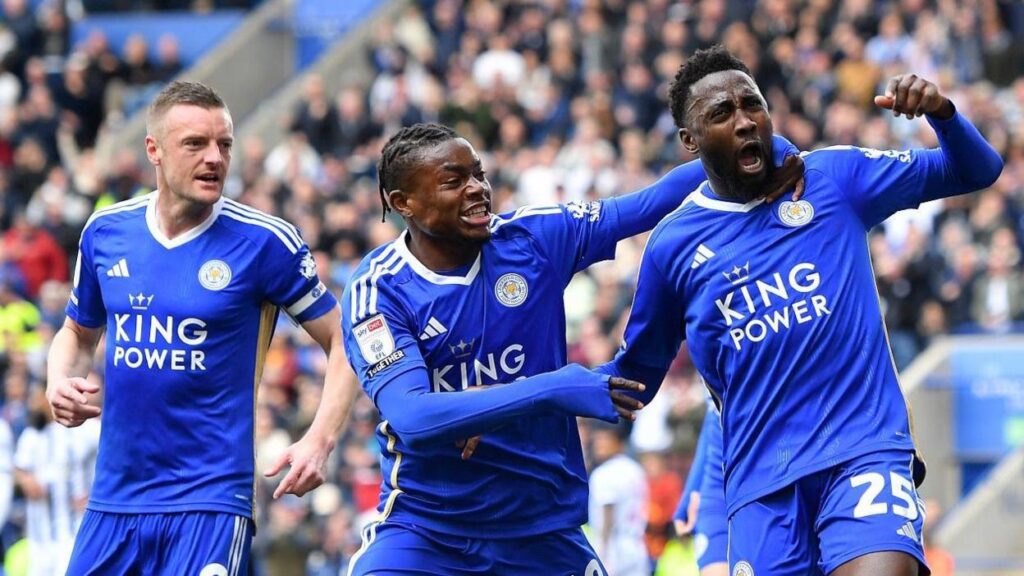Table of Contents
ToggleBeyond the Numbers: How Collective Emotion Shapes Betting Odds and Creates Opportunity
The world of sports trading often seems like a fortress of cold, hard data. We talk about stats, historical performance, and probability models. But underneath this ocean of numbers, there’s a powerful, invisible current at play: market psychology. This is the collective mood, the shared feeling of every person placing a bet. It’s a force driven by a potent mix of human emotion and gut instinct, and it can move betting lines in ways that pure statistics could never explain.
This collective psychology creates what we call market sentiment, which is essentially the overall attitude of bettors toward a specific game or outcome. This isn’t just a vague feeling; it’s a measurable force. You can see it in the direction the odds are moving and the sheer volume of money being wagered. When sentiment is optimistic, or “bullish,” odds on a favorite shorten. When it’s pessimistic, or “bearish,” the odds lengthen. The sports betting market, with its clear winners and losers and rapid outcomes, is a perfect laboratory for watching these human factors play out in real time. Understanding this is the first step toward seeing the market not just as a spreadsheet, but as a living, breathing entity.
The Brain’s Funny Little Glitches
Human decision-making it’s not always rational. Our brains are wired with mental shortcuts, or cognitive biases, that systematically lead us astray. In the environment of sports betting, these biases are amplified and can create major market inefficiencies. One of the most common is confirmation bias, the tendency to seek out information that supports what we already believe. A lifelong fan of a team will naturally focus on news that highlights their strengths while conveniently ignoring reports about their weak defense. This leads to bets based on loyalty, not logic.
Then there’s the availability heuristic, a fancy term for a simple idea: we overvalue information that’s recent and memorable. A team that won on a spectacular last-second play on a nationally televised game will attract a flood of public money the following week. Bettors are reacting to that one vivid memory, not the team’s performance over the entire season. This predictable overreaction often inflates the betting line, creating fantastic value on the other side. Recognizing these predictable patterns of irrationality in the broader public is fundamental to separating emotional noise from genuine market signals.
Turning Noise into Numbers
So, how do you actually measure this sentiment? You start by learning the language of the market, which is spoken through odds and volume. The movement of betting odds is the most direct signal. When odds are consistently shortening, the selection is called a “steamer,” indicating a significant flow of money and growing confidence in that outcome. Conversely, a “drifter” is a selection whose odds are lengthening, signaling a lack of interest or negative news. Studies have shown that following steaming odds can be a remarkably effective indicator, as this movement is often driven by professionals who have identified value.
To get a clearer picture, you have to look at not just where the line is moving, but who is moving it. This is where betting splits come in. Many sports information services distinguish between the percentage of total bets (the number of individual wagers) and the percentage of total money. The casual public places a high number of small bets, while professionals, or “sharps,” place fewer, much larger bets. A huge discrepancy between these two percentages is a massive red flag. For example, if 80% of the bets are on one team but they’ve only received 40% of the money, it means sharp money is heavily backing the other side. This is a classic “Pros vs. Joes” scenario, and it’s a signal that a contrarian trader simply cannot ignore.
Listening to the Story
Beyond the hard data, market sentiment is also shaped by compelling stories. The sports media is an incredibly powerful engine for crafting narratives: the underdog “Cinderella story,” the “must-win” game for a team seeking redemption, the hype around a star player. These stories appeal to our emotions and can cause a flood of public money based on a narrative arc rather than an objective analysis of the matchup. A savvy trader learns to identify when a betting line is being driven more by media hype than by a realistic assessment of a team’s chances.
In the digital age, social media platforms have become a real-time repository of raw public sentiment. Analyzing this chatter can offer a glimpse into the public’s mood, sometimes before it’s fully reflected in the odds. Tools using Artificial Intelligence can scan millions of posts to classify them as positive or negative. However, this approach requires caution. Algorithms can struggle with sarcasm and context, and social media is notoriously noisy. While it can be a useful supplementary tool, social media sentiment should be treated as one signal among many, not a standalone solution for making trading decisions.

The Art of Swimming Against the Current
With an understanding of how the public thinks and how to measure it, a trader can adopt one of the most time-tested strategies: the contrarian approach. The philosophy is simple. Over the long run, the general betting public loses. Therefore, a logical path to finding value is to systematically bet against the overwhelming majority opinion. This is often called “fading the public.” It’s not about being different for its own sake; it’s about capitalizing on the value created by the public’s emotional biases. As legendary investor Warren Buffett famously advised, one must be “fearful when others are greedy and greedy only when others are fearful.”
In sports trading, this means finding games where the public’s “greed”—their overwhelming desire to bet on a popular favorite—has pushed the line to an inflated number. This creates an opportunity to take the unpopular side at a much better price. The strongest contrarian plays are those where this market signal aligns with your own fundamental analysis of the game. Fading the public isn’t a blind strategy; it’s a powerful tool for identifying potential value that others are too caught up in the narrative to see. It’s the starting point for finding inefficiency, not the end of the analysis.
When the Whole World Was Wrong
History is filled with examples of monumental market failures. The story of Leicester City winning the Premier League in 2015-16 is a masterclass. At the start of the season, they were 5000-to-1 longshots, a number that reflected the consensus opinion that they were relegation candidates, not champions. As they started winning and climbed to the top of the table, the market refused to believe it. Pundits and the public dismissed their success as a fluke, a bubble that was sure to burst.
This collective disbelief, rooted in a powerful confirmation bias, meant their betting odds remained artificially high for an incredibly long time. The market was anchored to its initial perception and failed to properly adjust to the new reality unfolding on the pitch. The very few bettors who backed them took an extreme contrarian position against an overwhelming consensus and were rewarded handsomely. It’s a powerful reminder that entire markets can be fundamentally wrong for extended periods, offering extraordinary value to traders who trust their analysis over the roar of the crowd.
Ultimately, successful sports trading is a blend of science and art. It requires a deep understanding of the numbers, but also an appreciation for the human element that drives the market. The crowd’s predictable irrationality isn’t a problem to be avoided; it’s the single greatest source of opportunity for a disciplined and perceptive trader. By learning to read the market’s mood, you can begin to see the hidden patterns and find your edge.





